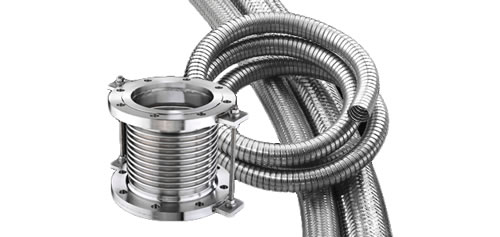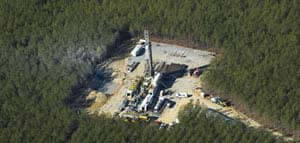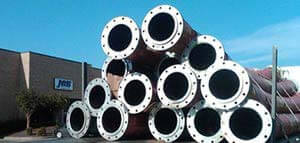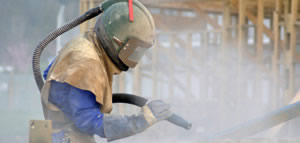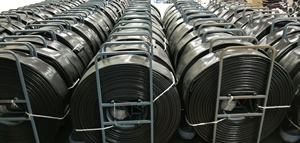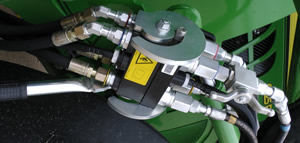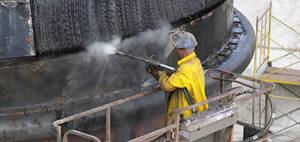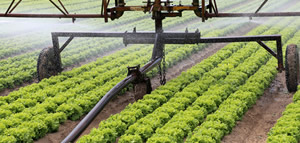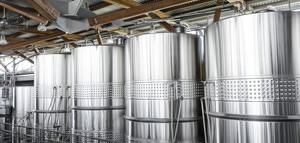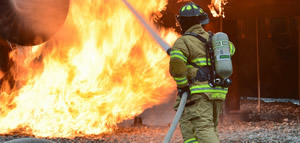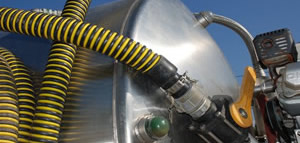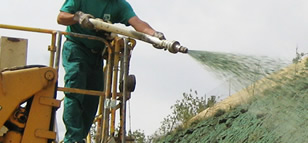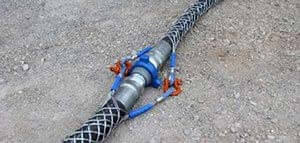How To Select The Right Hose
Use the information on this site to help determine the best hose for your application. To assist your efforts to collect the data necessary to make a proper hose recommendation, please use our S.T.A.M.P.E.D form.
General Selection Information
In order to obtain the best service from any particular hose application, two important conditions must be fulfilled:
1. To select the right hose for the job.
2. To make sure, that after having obtained the right hose, it is fitted correctly and used in a proper manner.
When considering a particular hose application, the following basic factors should be considered:
1. Inside diameter
2. Outside diameter
3. Materials being conveyed (e.g. air, water, acids, oils, steam, etc.)
4. Precise composition of substance (important in the case of oils, solvents, spraying media, foods, beverages, petroleum products, gases, etc.)
5. Concentration (in the case of chemicals).
6. Maximum temperature of substance.
7. Maximum pressure (including any possible surge or back pressure).
8. Degree of vacuum (in the case of suction hose).
9. External conditions. The scope of this factor is possibly the widest of all and covers such things as:
- Abrasion
- Climactic conditions
- Direct heat
- Radiated heat
- Contamination from oil, grease, solvents, acids, etc
- End loads
- Flexing - degree and cycle
- Crushing conditions
- Kinking conditions
- Degree of bending
10. Details of couplings (particularly in specialized applications).
Steam Hose
Air, steam and water hose are the three types of hose most used in industrial plants. The following instructions apply in general to these types of hose. Since steam service is usually the most severe in the average plant, particular attention is directed to steam hose. In selecting a hose for a steam installation it is important that the type recommended is sufficient to handle the maximum working pressure. JGB will assist in making recommendations.
At elevated temperature, steam severely affects rubber hose of all types, so it is important that temperature be considered in the choice of a steam hose. High steam temperature and pressure can cause deterioration in certain reinforcing members used in hose and a relatively small increase in temperature can greatly affect hose performance.
Steam pressure is important in that it determines the minimum temperature condition under which the hose will be used. If the steam is saturated, its temperature is directly related to its pressure. The temperature may be determine from the Saturated Steam Table. However, if steam is superheated, the degree of superheating must be known to determine the actual temperature which the hose must withstand.'
The flex factor takes into consideration the magnitude of the flexing and its time cycle. A flexing that is rapid and continuous even though of small, magnitude, would be considered as severe as flexing that is large in magnitude but with an extremely long time cycle. The degree of flexing is an important factor in the ultimate life of the hose. Refer to R.M.A. Technical Information Bulletin #1P-11-1 "Steam Hose Manual for Maintenance, Testing & Inspection of Hose."
Air Hose
JGB offers many fine types of air hose, equipped with tough, abrasion resisting covers and with tube stocks which will successfully resist oil mist, if present.
Where tools are lubricated through hose, only the very best quality air hose with the highest grade oil resisting tube should be used. The recommended working pressure should be sufficient to withstand the maximum pressures encountered.
Water Hose
In the selection of the correct water hose for any service, the same principles apply as for air and steam hose.
Suction Hose
Most JGB vacuum or suction hoses are designed to withstand full vacuum. However, in some of the lighter styles, less than full vacuum is recommended.

